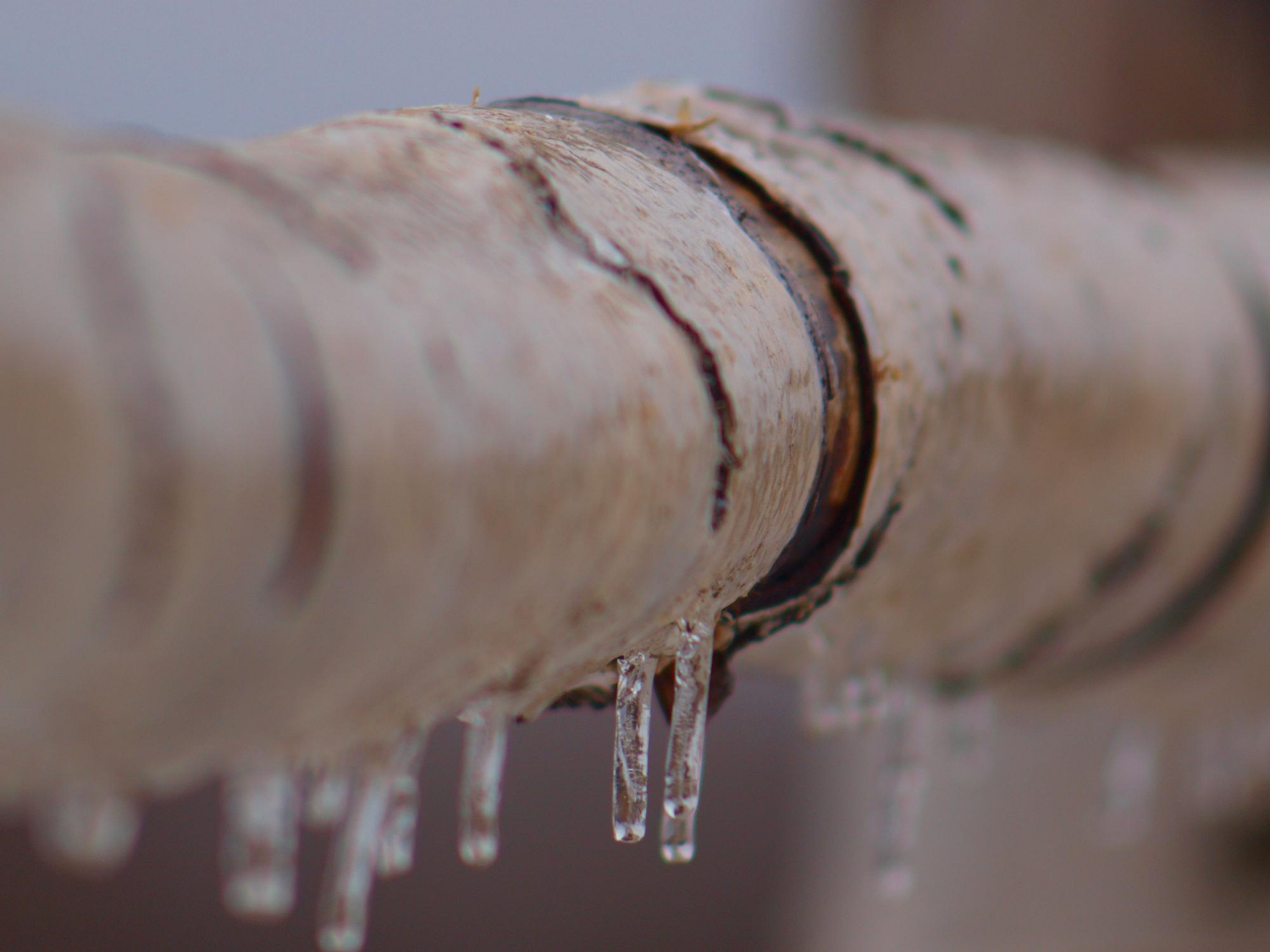As winter sets in across Orange, keeping pipes from freezing becomes a top priority for many. A slight dip in temperature might spell disaster for water pipes, leading to messes and costly repairs. Imagine waking up to find water gushing from a burst pipe, turning a cozy morning into a tide of anxiety. Preventing such scenarios is as simple as taking a few precautions for the colder months.
Frozen pipes aren’t just an inconvenience; they can cause significant damage to your home. When water inside pipes freezes, it expands, creating pressure that can burst the pipes open. This typically happens when temperatures drop and exposed pipes aren’t protected. The aftermath? Water flooding through walls or floors, possible damage to belongings, and a hefty repair bill. By understanding the common problems associated with frozen pipes and taking steps to counter them, you can keep your home safer and your peace of mind intact.
Understanding Why Pipes Freeze
So, why exactly do pipes freeze? It all boils down to basic science. When the air gets chilly, the water in your pipes can turn to ice. Normally, this happens when the temperature drops below freezing. The trouble arises when pipes aren’t insulated or are located in unheated areas of the house.
Around the home, some spots are more prone to freezing than others. Basements, attics, and garages often house pipes that can fall victim to the cold because these areas typically lack heating. First-floor crawl spaces, outside walls, and underground pipes are also at risk. Consider visiting these areas, especially if they have shown signs of being colder than the rest of the house. Taking heed of these vulnerable sections means you get ahead of potential problems before they snowball into an emergency.
Taking a proactive approach, such as making sure pipes are properly insulated, can go a long way. But the essence of prevention is knowing where the dangers lie. On the next cold day, take a stroll around your home and think about the exposed or unheated places. Knowledge combined with action shields your home, allowing you to glide through winter without an unwanted indoor water fountain. Protecting your pipes is as simple as staying informed and prepared.
Steps to Prevent Pipe Freezing
Keeping pipes safe from freezing is simpler than it seems with a few proactive measures.
1. Insulate Exposed Pipes: Wrapping pipes in foam insulation is a straightforward way to shield them. Focus on pipes in areas like the attic or garage, wrapping them snugly to retain warmth. Think of it as giving your pipes a warm coat for the winter.
2. Keep a Slow Trickle of Water: Letting a small stream of water run through your taps can help prevent pipes from icing over. The movement of water stops it from freezing, similar to how a moving car tire doesn’t skid as easily on ice.
3. Seal Leaks and Drafts: Check for small openings in walls, windows, and floors that might let in cold air. Sealing these gaps with caulk or insulation strips can act like a shield, keeping the warm air in and the cold air out.
4. Maintain Consistent Indoor Temperatures: Set your thermostat to a steady temperature day and night. A warm home translates to warmer pipes, reducing the risk of freezing. For those especially cold nights, slightly raising the temperature can offer added protection.
What to Do If Your Pipes Freeze
If you suspect your pipes are frozen, quick action can spare you from a messy situation.
– Act Fast: Turn off the main water supply as a precaution. This way, if the pipe bursts, it minimises water damage.
– Apply Gentle Heat: Use a hairdryer to warm the pipe slowly, starting from the faucet and moving toward the frozen section. A warm towel wrapped around the pipe can also work wonders.
– Avoid Open Flames: Never use a blowtorch or open flame to thaw a pipe. It’s risky and can damage the pipe, leading to more issues.
Warning Signs You Need Professional Help
Sometimes, the best course of action is to call in the experts. Recognising these signs can save you from bigger headaches down the track.
– Persistent Blockages: If pipes keep freezing despite your best efforts, or if blockages become frequent, it might be time to reach out for professional assessment.
– Visible Cracks or Leaks: Spotting water spots on ceilings or walls can signal a pipe problem needing expert hands.
– No Water Flow: Complete loss of water to any faucet could suggest a major freeze or blockage, urging the need for immediate attention.
Keep Your Pipes Safe This Winter
Proactively safeguarding your plumbing not only saves money but also brings peace of mind. By following these preventive steps, you can easily keep your home’s pipes in top shape. If things get tricky, don’t hesitate to seek professional assistance to ensure your plumbing is winter-ready.
Keeping your pipes protected from winter’s chill requires some planning, and it’s worth the effort to avoid unexpected costs. If you’re seeking additional support, consider plumbing services in Orange to ensure a worry-free winter. Hydro-Fix Plumbing is ready to help keep your home’s plumbing running smoothly through every cold snap.

